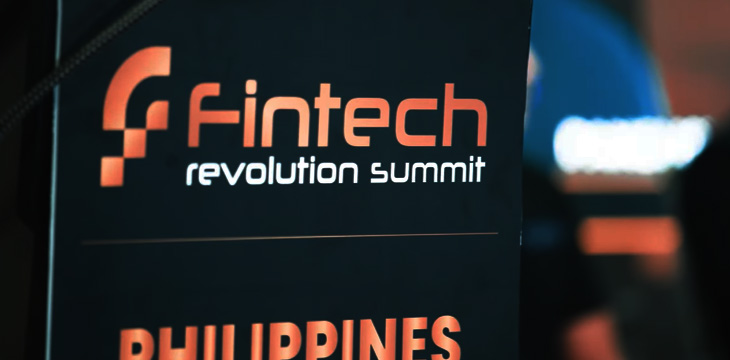|
Getting your Trinity Audio player ready...
|
https://www.youtube.com/watch?v=8PpRoiVIj64
The Bitcoin SV (BSV) powered Metanet has been described as a sidechain for the internet. To lay out in more detail exactly what it is, and how it works, Jack Davies took the stage at CoinGeek Toronto conference 2019 to give us our best look yet.
He began by taking a look at the projects already using the Metanet, like Weather SV and Agora, and breaking down exactly how they are using the BSV blockchain that makes them Metanet projects. “All these projects are effectively using the blockchain as a universal server. Sounds like a contradiction in terms if you think about serverless apps, but really, the blockchain is acting as a server for data. It’s where we’re actually hosting all the data for our apps, on chain.” (1:31)
Davies then goes on to explain how each application built so far acts as nodes referencing the blockchain, and the trustless system that then develops, as individual users can check the blockchain for themselves. Where the Metanet plans to go, is to create a protocol that brings everything together.
He then explains the underlying code of transactions that help to create Metanet edges, which allow for data to be transmitted without direct spending being a mandatory part of the transaction, but could if the application calls for it.
The Node and edge structure, with transaction parents and children, are important to the structure of the Metanet, forming a collection of trees of data and transactions, and Davies explains them at length. If you’re interested in understanding how it works, we recommend starting at 5:43 in the video.
Davies then explains the outputs of a Metanet-valid transaction, included in the OP_RETURN, beginning with the Metanet flag. It is a 4-byte protocol flag, which indicate a transaction is part of the Metanet subset of the BSV blockchain.
Attributes are the next output he covers. “These are metadata related to that node, describing things and helping to implement subprotocols within the Metanet umbrella. These are the ways you get the application specific things coming in,” he explains (15:25). This includes protocol identifiers, keywords, file types and more.
The final output of a Metanet transaction is the content data, which is the thing to be stored on the BSV blockchain.
The Metanet umbrella can then be used with multiple subprotocols, like B://, D:// or B://cat, to create an application from. Davies notes that this flexibility is perhaps the greatest takeaway from his presentation.
The graph is the next important aspect of the Metanet, which Davies explains how we can interpret. It works very much like a tree, with a top level domain, stored in a root transaction, with child transactions then acting as the sub-domain pages. This can all be navigated like websites typically have been, with MURL replacing URLs, and mnp:// replacing http://.
Davies then breaks down how Schools or Financial Institutions, or social media sites, could use the Metanet to build their use cases on. They can control the permissions structures of their sites, and turn individual security over to their end users, and work across each other, both accessing the same BSV blockchain, to prove the validity of data.
Finally, Davies referenced the Metanet flag vote held by nChain, and release of the full technical summary, which we covered previously.
All of this can seem a bit complicated for those without a technical background, but the important thing is that, as covered by Davies’ use cases, the end result once more businesses join BSV will be a seamless, more powerful, more secure experience for end users, only possible with Bitcoin SV.

 01-10-2026
01-10-2026 




